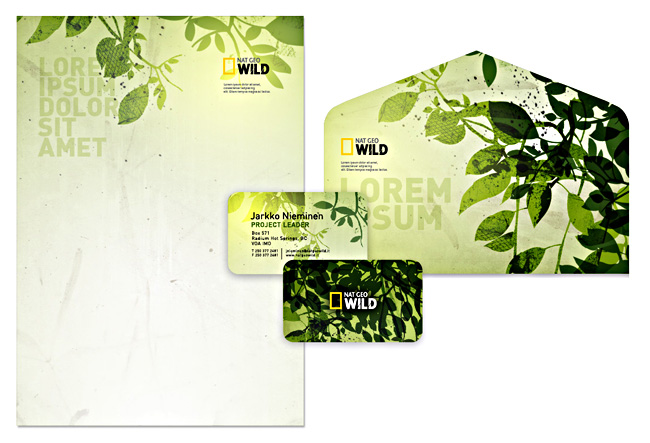In response to our client feedback, I have since addressed a number of design elements that they thought could look better if altered.
The main one was to do with the font. The Nottingham City Council use Arial as their default typeface, and so we were told to do similar, so that this site would aid in the consistency across the board with the Council's branding.
Admittedly I did regret this as I have come to dislike stock fonts, such as Arial or Times New Roman, however it isn't the worst font and there is the bonus that it will appear and function on all machines, whereas Rockwell, although looking more modern, and mining like, could have posed problems.
The next area for development was in regards to the borders for images. The initial design I went with what I felt is a modern trend for chunky frames and no shadows, instead, being flat on the page. Our client felt this wasn't the sleek look that youngsters like or appreciate, so narrower, but also emphasised courtesy of drop shadows was requested. This has been implemented and I don't mind the change.
It does look sleeker, or more compact and the shadow boosts the images off the page. This is helped by making the detail text smaller, and not so dominant on the page, but the headings reduced only slightly, so to remain large and visible.
Noticably also, it was requested that curved edges were nicer, instead of the boxy look. I was limited in what I could achieve through Photoshop in regards to the stroke around the pictures, however, I did curve the white box background. It is a small change but I believe it makes a difference.
As in the last post, we mentioned the use of thematic colour. I have tested this out, with varying degrees of success.
I think of them all, my least favourite is the purple. The borders around the images had to be changed a few times as often they appeared too feminine and clashed with the whole mining theme. Furthermore, we are catering for a mixed audience.
I can't really see any that stand out as definites. The green I have becomes used to and so may be why the changes I am not rooting for. With Nottingham Council being green in their branding, I think we should continue this look. It ties in well and holds nicely in the design.
These designs will be submitted to the client following our own image capture session. Hopefully the decisions will be approved - green and refined.
@












































